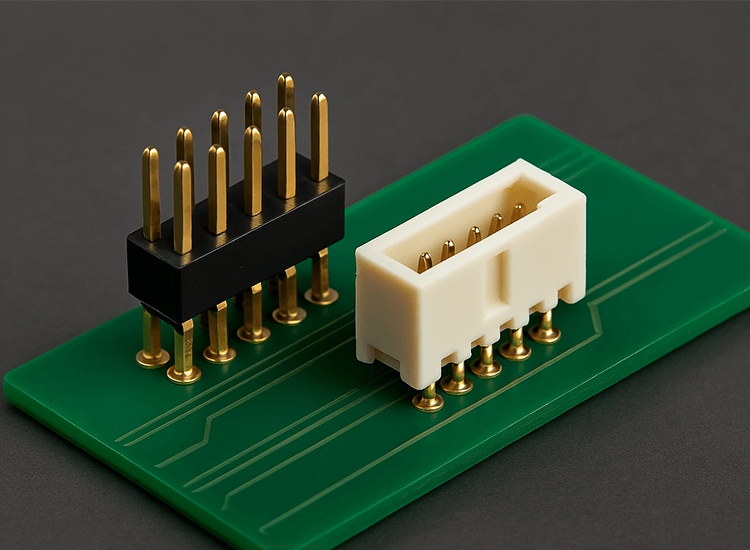Advantages and Disadvantages of Box Header Connectors
Box header connectors are commonly used electronic connectors widely found in circuit board designs. Below are some of their key advantages and disadvantages:

Advantages
- Standardization – Box header connectors typically follow standard pitch sizes (e.g., 0.1 inches or 2.54 mm), making them highly versatile and easy to pair in electronic designs.
- Ease of Use – The standardized design allows for easy insertion and removal, facilitating quick board replacements or testing.
- Cost-Effectiveness – Due to their standardization and widespread use, box header connectors are cost-effective, with mass production further reducing costs.
- Reliability – Box header connectors feature simple design, without complex mechanical structures, ensuring high reliability under normal operating conditions.
- Modularity – Box header connectors enable modular circuit board designs, making system expansion and upgrades more convenient.
- Compatibility – Box header connectors are compatible with various electronic components and peripherals, such as breadboards, sensors, and displays.
Disadvantages
- Space Consumption – Box header connectors can take up valuable circuit board space, which may be a concern in compact applications.
- Mechanical Strength – Their physical connection may not be as secure as direct soldering and could loosen due to vibration or impact.
- Electrical Performance – While generally sufficient, box header connectors may introduce additional resistance and inductance in high-frequency or high-power applications, affecting signal quality.
- Durability – Frequent insertion and removal can lead to contact wear, reducing connection reliability.
- Heat Dissipation Issues – They may act as a bottleneck for heat transfer, especially in applications requiring efficient thermal management.
In summary, box header connectors are widely used in electronic designs due to their standardization, ease of use, and cost-effectiveness. However, their limitations should be carefully considered in specific applications to ensure overall system performance and reliability.



